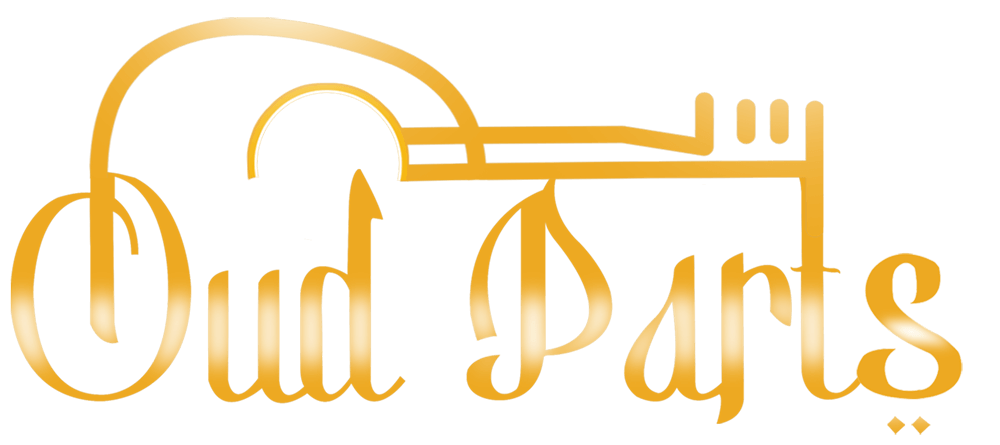
The world of the oud is a harmonious blend of artistry and engineering, where every component serves a dual purpose – functional support and aesthetic enhancement. The oud tailpiece and endpin are no exception, playing an essential role in stabilizing the instrument and adding a touch of visual allure to its design.
Understanding the Oud Tailpiece:
The tailpiece of an oud is a small, yet crucial, component located at the bottom end of the instrument’s body. Its primary function is to anchor and secure the strings, maintaining the correct string tension and overall tuning stability. This unassuming piece ensures that the strings are properly aligned and positioned for optimal playability.
Functional Stability and Resonance:
The tailpiece’s position and design impact the oud’s overall stability and resonance. A well-constructed tailpiece prevents strings from slipping or moving out of place during play, contributing to consistent tuning and sound quality. Additionally, a carefully designed tailpiece can help transfer vibrations from the strings to the instrument’s body, enhancing the oud’s tonal resonance.
Aesthetic Embellishments:
While the primary role of the tailpiece is functional, it also presents an opportunity for aesthetic embellishments. Many ouds feature intricately designed tailpieces adorned with decorative motifs or patterns that complement the instrument’s overall visual appeal. These artistic touches of oud tailpiece and endpinadd an element of elegance to the oud’s appearance.
The Role of the Oud Endpin:
The endpin of an oud serves a distinct purpose – to provide stability and prevent the instrument from slipping during play. Typically, the endpin is positioned on the lower bout of the oud’s bowl-shaped body. It anchors the instrument to the player’s body or the ground, allowing for comfortable playing without the oud moving unexpectedly.
Enhancing Playability:
The presence of an endpin enables players to stabilize the oud against their body or the ground, enhancing playability and facilitating intricate techniques. This stability is particularly valuable during seated performances, ensuring that the oud remains in the desired position without shifting or tilting.
Aesthetic Integration:
While the endpin’s primary function is practical, it can also be designed to seamlessly integrate with the instrument’s aesthetics. Some ouds feature endpins that are elegantly crafted and complement the overall design, showcasing the luthier’s attention to detail and the instrument’s visual coherence.
Balancing Form and Function:
The marriage of form and function is a hallmark of the oud’s design philosophy. The Oud tailpiece and endpin exemplify this concept, combining their practical roles with artistic embellishments that enhance the oud’s visual allure. When selecting an oud, musicians often consider both the functional aspects and the instrument’s aesthetic presentation.
In conclusion, the oud tailpiece and endpin are understated heroes in the instrument’s composition. Beyond their functional significance in stabilizing the strings and instrument, they contribute to the oud’s resonance and offer an opportunity for artistic expression. By understanding their dual roles, players and enthusiasts can truly appreciate the meticulous craftsmanship that goes into every aspect of the oud’s design.
For more information and further details, please feel free to contact us at +919831755736 (India – Partha Sarkar) or +973 3723 6366 (Bahrain – Litan Sharma). You can also visit our website at https://oudparts.com/
